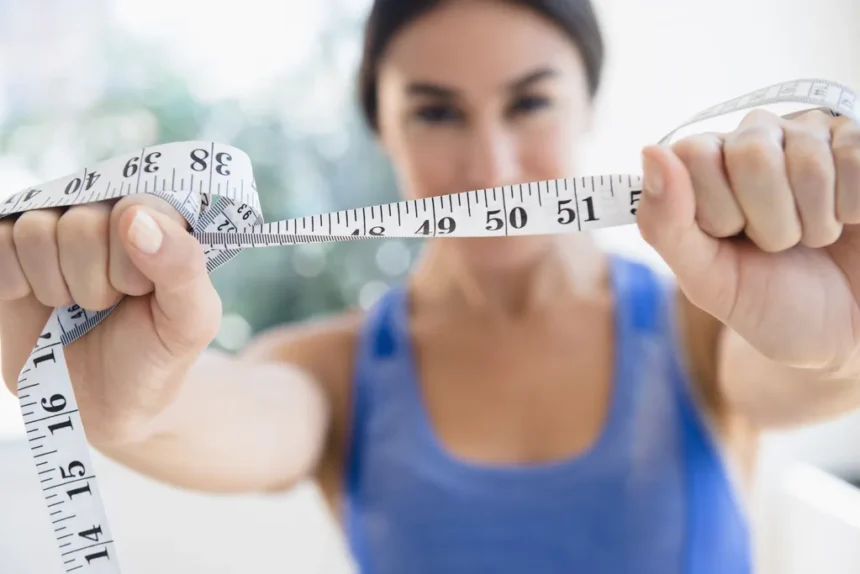Have you ever stumbled upon a measurement like “510” and wondered what it actually means? Whether you’re working on a DIY project, planning an event, or just trying to figure out dimensions for your new furniture, understanding these numbers is crucial. Converting 510 to inches might seem simple at first glance, but there’s more to it than meets the eye. Join us as we unravel the mystery behind this common conversion and explore its significance in everyday life. You’ll soon see how mastering this skill can make your tasks easier and more efficient!
What is 510 and Why is it Used?
The term “510” typically refers to a specific size designation in various industries. Most commonly, it denotes a length of 510 millimeters. This measurement is often used in contexts like engineering, manufacturing, and design.
In the vaping community, “510” has another meaning altogether. It describes a standard connection type for vape pens and tanks. The 510 thread ensures compatibility across different brands and devices.
Understanding these uses can clarify why conversions are important. Whether you’re measuring lengths for construction or choosing vape components, knowing what “510” represents helps avoid confusion.
Grasping this term prepares you to navigate both technical specifications and consumer products effectively.
The Importance of Conversions
Conversions play a crucial role in our daily lives. They help us navigate different measurement systems, ensuring clarity and accuracy. Whether you’re cooking, measuring furniture, or engaging in DIY projects, understanding conversions is essential.
Using the right units can prevent costly mistakes. Imagine trying to fit a piece of furniture into your home without knowing its dimensions properly. Miscalculations could lead to frustration and wasted resources.
Conversions also bridge gaps between cultures and industries. Different regions may use various measurement systems—like metric versus imperial—making it vital for effective communication.
Moreover, accurate conversions enhance scientific research and engineering applications. Precision matters when designing structures or conducting experiments that rely on exact measurements.
In an increasingly globalized world, mastering conversions empowers individuals to engage confidently with diverse fields while minimizing confusion.
How to Convert 510 to Inches
Converting 510 to inches is a straightforward process. First, it’s essential to understand the units involved. The number “510” typically refers to measurements in feet and inches combined.
In this case, “5” represents feet while “10” indicates inches. To convert this measurement entirely into inches, you can use a simple formula.
Since there are 12 inches in a foot, multiply the number of feet by 12. For example:
5 feet x 12 = 60 inches.
Next, add the remaining 10 inches:
60 + 10 = 70 inches.
So, when converting from “510” (or five feet ten) to total inch measurement, you arrive at an easy answer—70 inches! This method makes conversions quick and accurate for anyone needing precise measurements.
Common Uses of the 510 to Inches Conversion
The conversion of 510 to inches finds its application in various fields. In construction, knowing exact measurements is crucial. Builders often rely on these conversions for accurate planning and material estimates.
In the world of textiles, designers use this measurement to determine fabric lengths. Tailors need precision when cutting patterns, ensuring that garments fit perfectly.
Sports enthusiasts also benefit from this conversion. For instance, understanding height in different units can influence player assessments during recruitment or training sessions.
Additionally, educational settings frequently utilize such conversions in math curricula. Students learn practical applications while enhancing their problem-solving skills.
Travel and navigation involve converting distances between systems to ensure clarity across international borders. These varied uses highlight the importance of mastering simple conversions like 510 to inches in everyday life.
Tips for Accurate Conversions
To achieve accurate conversions, always double-check your initial measurements. Mistakes can happen in the early stages of calculation.
Using a calculator or conversion tool can enhance precision. Manual calculations may lead to errors if you’re not careful.
Familiarize yourself with the units involved. Understanding why 510 translates into inches makes the process smoother and more intuitive.
When converting larger figures or complex equations, break them down into manageable parts. This reduces the chance for mistakes and clarifies each step of your calculation.
Jot down your results on paper or a digital note after performing conversions. Keeping track helps you avoid confusion later on when referencing those numbers again.
Other Helpful Conversion Tools
When it comes to conversions, having the right tools can make all the difference. There are several online calculators available that simplify various measurement conversions. These user-friendly interfaces allow you to input your values and get instant results.
Mobile apps also serve as handy resources for quick calculations on the go. Many of these apps offer features like unit comparisons and customizable settings tailored to specific fields, such as construction or engineering.
For those who prefer a physical approach, conversion charts can be incredibly useful. Whether printed out or stored in your toolkit, they provide a quick reference without needing technology.
Browser extensions are gaining popularity for their convenience. They allow real-time conversions while browsing websites, making them perfect for shopping or research tasks where multiple units may be involved.
Conclusion
Converting measurements is a vital skill in many fields. Whether you’re working on a DIY project, planning an event, or simply trying to understand dimensions better, knowing how to convert 510 to inches can save you time and confusion.
This simple conversion allows you to better visualize sizes and distances that might otherwise seem abstract. Understanding the importance of conversions helps ensure accuracy in your work.
With reliable tools and techniques at your disposal, you’ll find that converting between metric and imperial systems becomes second nature. Remember, taking the extra step for precise measurements can make all the difference in achieving successful outcomes.
So next time you encounter 510 or any similar measurement, you’ll be ready with the knowledge needed for effective conversion.








